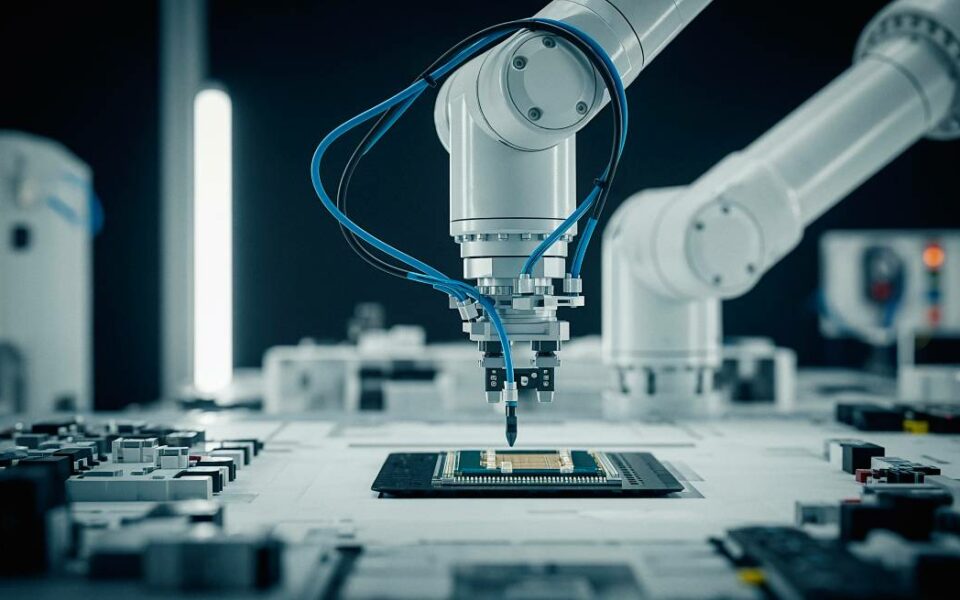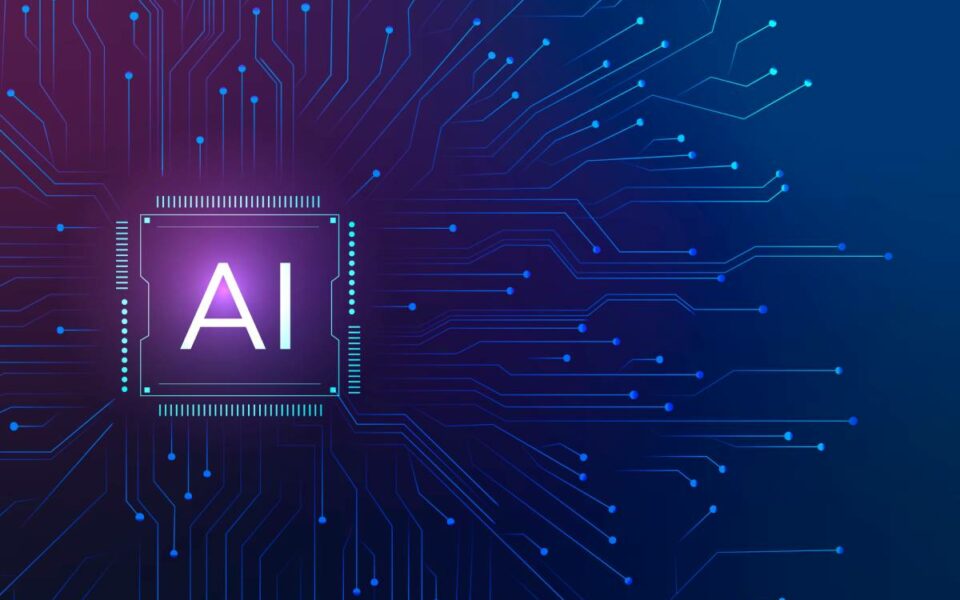
Local Citations
31 January 2020
Local SEO 2020
14 February 2020
Machine learning is a growing area of research and investment. Machine learning is a slogan which is becoming increasingly popular with the introduction of this technology. People are starting to pay attention to the changing technological landscape and want to learn how the integration of machine learning can benefit their businesses.
Machine learning is a technology which has recently attracted the attention of millions. It’s amazing how machine learning affects so many sectors in different industries. Since the emergence of Machine Learning, the basics of the industry have started to change for the better. Now every company, regardless of the industry, wants to apply this futuristic technology.
In 2019, this branch of technology developed a lot. The huge number of changes we’ve seen in natural language processing (NLP) surprised us. It was a year of tuning language models and structures such as BERT Google and GPT-2 OpenAI.
In 2019, they were very well received by the open source community. They also lowered the barriers to access to machine learning, because more and more people from the community are trying to enter this field in 2020.
Here are our types of trends this year.
Data and SaaS for business analytics
As data storage becomes cheaper and easier, more and more companies will see the benefits of implementing machine learning. The lower the implementation cost – not just for financial reasons – the greater the probability which companies will use this technology. Data Lake memory is also gaining popularity in the business world and for good reason. The ability to store unstructured data until ready for use is a beneficial approach for businesses. Data lakes often use cloud storage, making data storage affordable and scalable.
Furthermore, when the data lake is associated with the Software as a Service (SaaS) platform or tools, the process is streamlined. Suddenly, those who have no education in artificial intelligence or machine learning algorithms still have access to these opportunities. While this may even the opportunity and democratize Business Intelligence, it may also be the collapse of companies which are too willing to get involved.
ML algorithms increasingly accurate
As machine learning trends change from testing and individual use cases to widespread adoption, the algorithms will continue to improve. Due to the nature of machine learning, the more data the algorithms have access to, the more they will continue to adapt. Applications in the real world will provide better testing potential than in a technology laboratory or research center.
With industry-level experience, machine learning applications will grow and fall as companies learn where they can benefit most. As with any new technology, there are advantages and disadvantages, and customization will require time, trial and error.
Talks about the ethics of artificial intelligence have already begun and will be continued. The power of machine learning can have unintended consequences, such as data discrimination. Fortunately, awareness and recognition of these issues can lead to beneficial solutions. Data privacy is another hot topic in the world of technology. The latest trends in machine learning have led to improved targeted marketing, but some are not convinced so this personalization is worth targeted results because users need to sacrifice some privacy. With growth number of machine learning implementations growth conversations about implementation and use.
Machine learning in voice assistant
Machine learning can now perform a human task by offering an intelligent personal voice assistant. It helps you quickly and easily accomplish a significant and complicated task while increasing productivity. These are growing areas of research and investment. It helps industries increase productivity while providing organizations with custom voice assistance in machine learning.
Conversation
Natural language processing (NLP) is constantly growing and has made impressive advances which allow machines to construct textual information based on random input data. In fact, NLP can write poems, stories and news articles which are disturbingly convincing. Upcoming progress is expected to enable companies to meet specific customer needs with questions about company products or services.
Politics and fake news
Deep Fake technology is constantly evolving, and companies and governments are preparing for the potentially confusing impact of such technologies on populations. For example, machine learning has reached a point where it can listen to audio data from someone and then create nuanced speech patterns which closely match the sound and speech patterns of a real person.
Moreover, machine learning is becoming more and more proficient in analyzing hundreds of photos of one person. After analyzing the images, artificial intelligence can then reconstruct the video of the person. The result of these two technologies is called Deep Fake. Combined, fake audio and video will allow AI to create seemingly authentic messages from celebrities, government leaders and even ordinary people. In addition, the technology is expected to be completely convincing over the next 12 months.
It is expected that such fake media will be delivered to people via social media because social networking sites are currently poorly equipped to detect and combat deep counterfeits, as long as they appear to meet the company’s terms of service. Even when such media are finally discovered and removed, the target audience will probably already be influenced by one direction or another.
Time for deep learning
One of the interesting trends in AI is the growing popularity of deep learning, which is part of machine learning (ML) which uses neural networks. Typically, most other types of machine learning require a significant amount of data from the scientists themselves about the algorithm itself before it can begin to solve problems. Instead of deep learning, you can simply show a lot of pictures of cats instead, and the model will begin to get to know the cat by sight, which is much easier and more accurate. Therefore, deep learning is more proficient in “unsupervised learning”, drawing knowledge from data that would otherwise be useless, which may be completely unstructured or unmarked.
This ability to solve complex problems faster and analyze images based on vision instead of description has several useful applications – in quick and accurate diagnosis in health care using scans and health readings, using audio sensors to identify machines which require maintenance or provide deeper personalization for retail companies.
However, apart from a handful of top companies, deep learning has traditionally been too difficult to implement for most companies, but all of this is expected to change in 2020. Next year, organizations will start using deep learning to their advantage, reaping benefits and using it to achieve their goals.
Technological changes have already begun around the world. The more companies try to resist them, the more they will delay in the race. Even if customers continue to buy products from them, there is a chance that traditionally operating enterprises will fall victim to cyberattacks who will use the latest technology. The only way to have a chance on the market is to accept what is coming and flow through the waves of technological progress.


